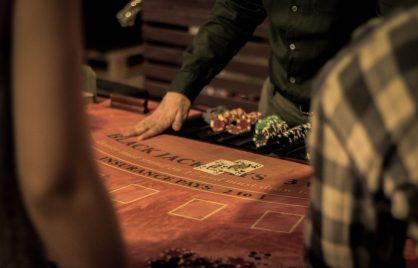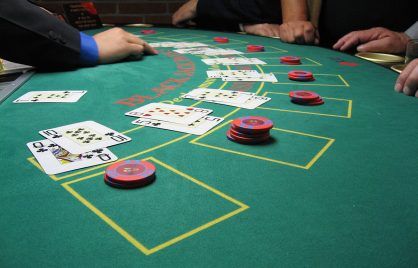Gambling Legends: The Fascinating Story Of Mob Boss Bumpy Johnson
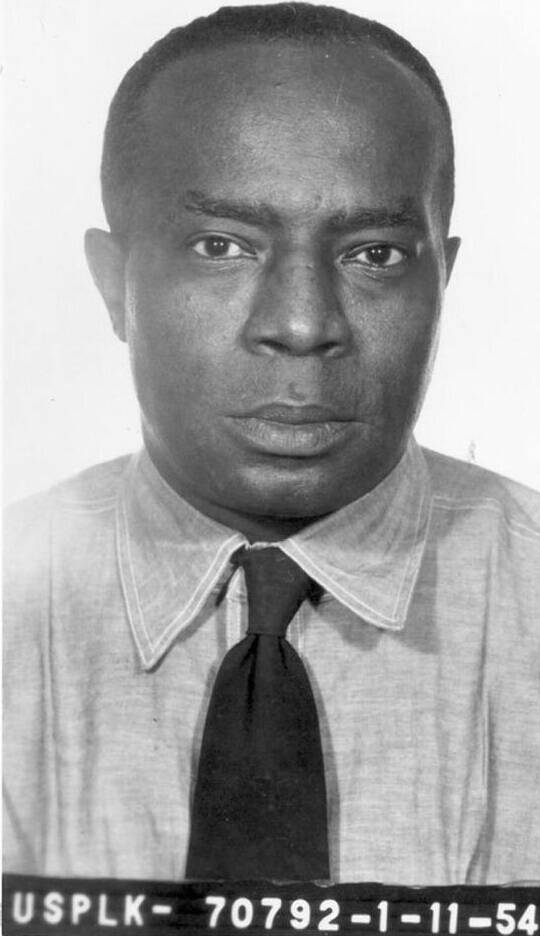
Bookmaker and mob boss, a drug lord and brutal murderer, devoted family man, avid reader of philosophy, poet, and philanthropist.
If you think we got confused and wrote about several different people, think again. This is the story of a man that was all of the above.
Bumpy Johnson was a 20th-century Harlem crime figure revered and reviled by the public. As the “Harlem Godfather,” he dominated the neighborhood’s illegal gambling scene and ruled with an iron fist.
Yet, as a respected confidante of Malcolm X, Bumpy had a conflicting morality that earned him his community’s fear, love, and admiration.
Who Was Bumpy Johnson?
Ellsworth Raymond “Bumpy” Johnson was a mob boss in the Harlem neighborhood of New York City.
His nickname originated from the unusual growth on the back of his head, though some attribute it to the number of enemies he “bumped” and made disappear.
Bumpy’s criminal activity spanned over four decades, half of which he spent in and out of the most notorious prisons in America.
Throughout his 40-year career, Bumpy was a bookmaker, bodyguard, pimp, and drug lord. At the same time, he was a published poet, philosopher, philanthropist, and devoted father.
From fleeing his home to avoid racial persecution to ending the war between Harlem bookies and the Italian mafia, Johnson was a figure whose criminal acts were inextricably linked to his race.
By the time he died in 1968, Bumpy had become the anti-hero of Harlem.
The Early Years
Bumpy Johnson was born in South Carolina in 1905. Living in the Deep South during the Segregation Era, Bumpy was raised against a torrid backdrop of racism and oppression.
His family lived in constant fear of racial violence.
When Johnson was 10 years old, his brother Willie was accused of murdering a white man. Fearful that a lynch mob would attack him, Willie was sent to live with family in Harlem.
Bumpy followed Willie not long after, and it was in Harlem that Bumpy would eventually become one of the most infamous crime bosses in New York City.
Criminal Beginnings
By the age of 15, Johnson was hanging around with a wrong crowd and working odd jobs, as well as playing pool and shooting dice for money.
By the age of 16, he and his gang of merry men were selling protection and committing armed robberies.
And by 17, Bumpy found himself a resident of the Elmira Reformatory.
While Jonhson was still young, he met William “Bub” Hewlett, a gangster who admired Bumpy’s boldness when he refused to leave Bub’s storefront. He invited Bumpy to work for him, protecting Harlem’s high-profile numbers runners.
Illegal Gambling Operations
Though card rooms offering games like poker and blackjack were flourishing in cities across America, it was the numbers game that took over Harlem.
Also known as the numbers racket or Italian lottery, it was an illegal lottery popularized in the 1920s and 30s. With bets starting at just a penny, the game was predominantly played in poor and working-class neighborhoods.
While many independent bookmakers capitalized on the numbers racket, Bronx mob boss Dutch Schultz bulldozed almost every bookie into working for him.
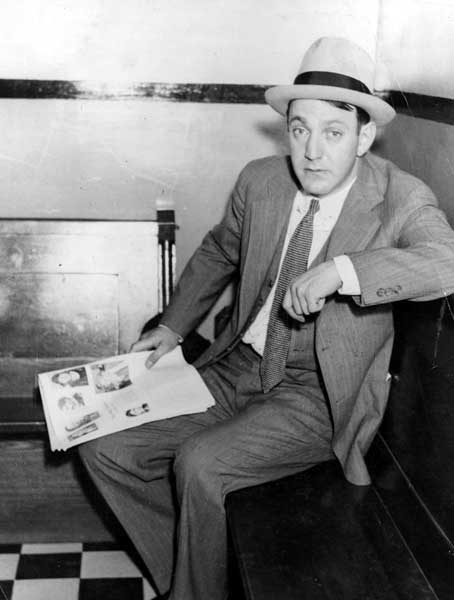
This was much better than the alternative – losing their business altogether.
However, Stephanie St. Clair, one of the only female racket runners in Harlem, refused to back down.
The Queen Of Numbers
Johnson’s reputation as a bold and brutal bodyguard attracted St. Clair’s attention.
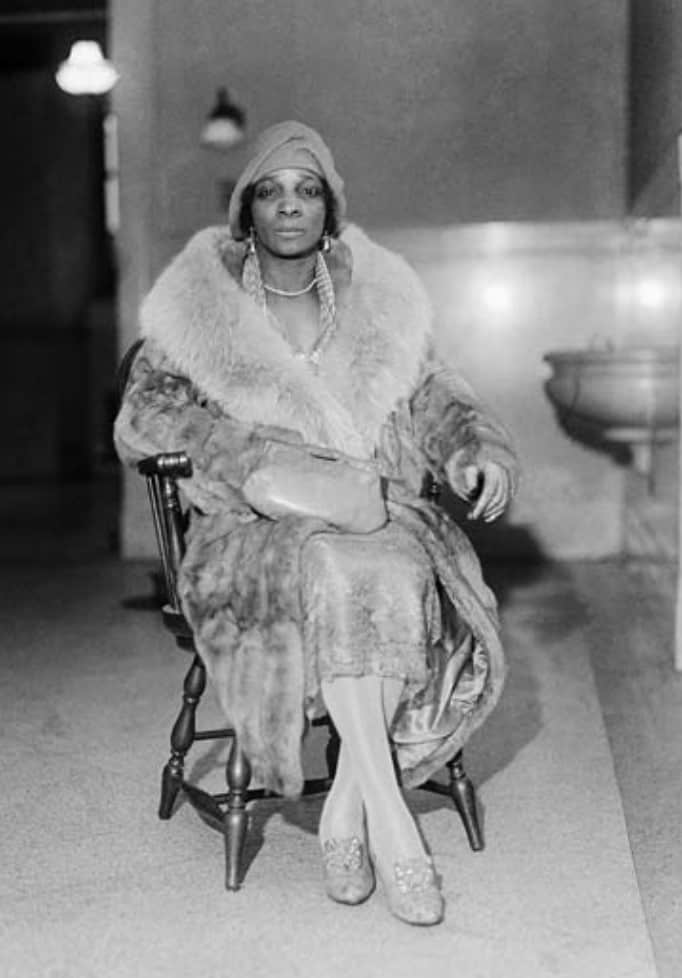
Nicknamed the “Queen of the Policy Rackets,” she enlisted his help, and together they waged war against the most prominent crime bosses in New York.
Schultz, in particular, was a target of Johnson’s aggression.
Johnson’s wife, Mayme Hatcher, noted in her biography that he waged a “guerrilla war of sorts” and picked off Schultz’s men one by one.
In 1935, Schultz’s attempts to monopolize the numbers game ended abruptly after Italian mobster Charles “Lucky” Luciano ordered a hit on him.
Around the same time (perhaps due to his murder), St. Clair decided to lay low. Subsequently, she handed the business over to Johnson.
Johnson had met St. Clair in 1932 after he left prison. In the years between their meeting and St. Clair’s withdrawal from Harlem’s rackets operations, Bumpy kidnapped and murdered over 40 people.
Mollifying The Mafia
Luciano, who was also a prominent racketeer and New York cardroom operator, had also been feeling the effects of Schultz’s attempted takeover.
With Schultz now out of the way, Johnson and Luciano could form an alliance that, unbeknownst to Johnson, would set a precedent for his career as a crime boss.
The pair agreed that Johnson could control all the racket operations in Harlem, provided that Luciano received a share of the profits.
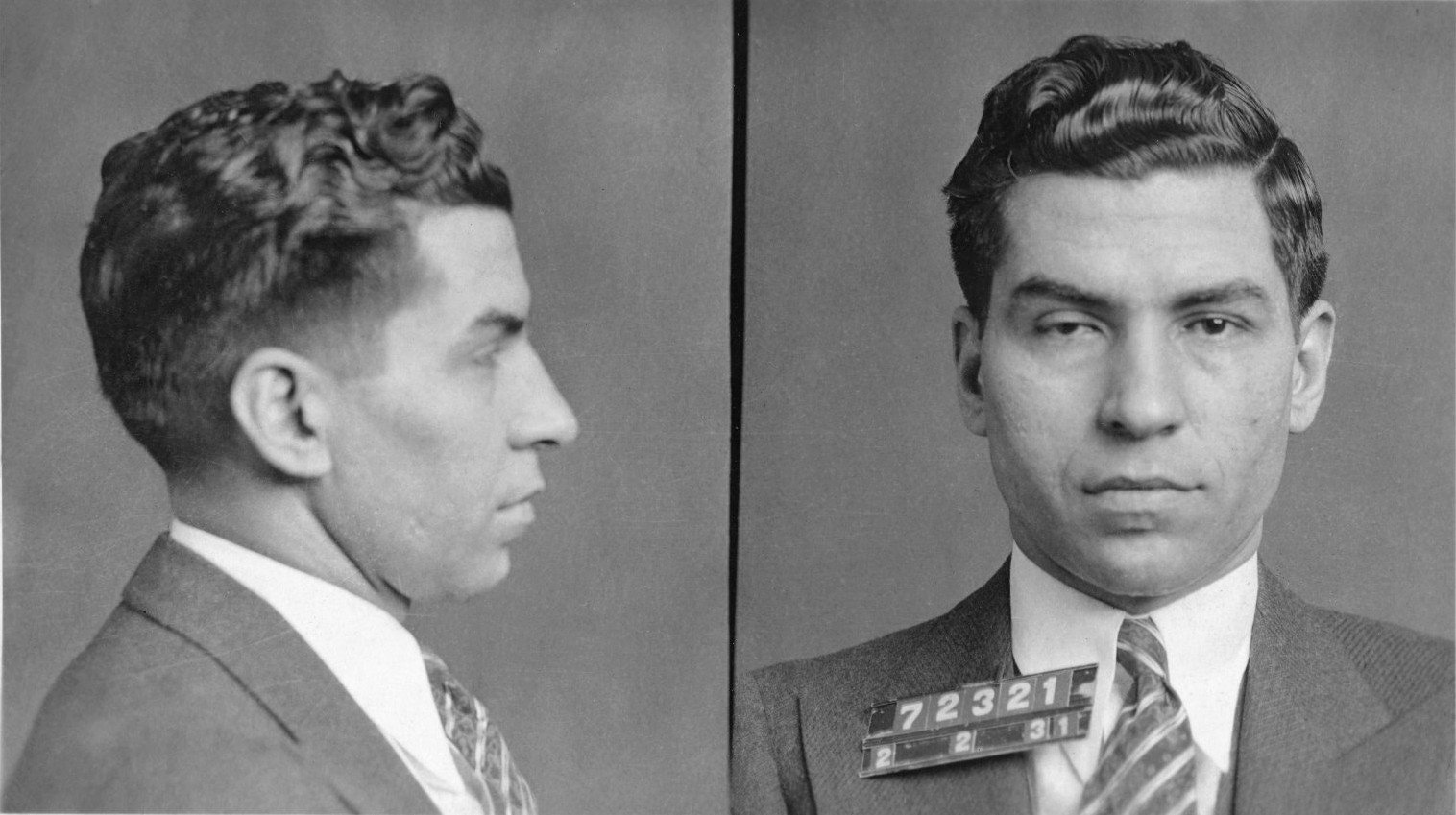
Though the deal wasn’t perfect, Bumpy had managed to do what so many before him hadn’t: He negotiated and ended the war with the mafia.
The simple agreement was meaningful because, as Mayme notes, the people of Harlem realized “for the first time a black man had stood up to the white mob instead of bowing down and going to get along.”
After this negotiation, Johnson became a revered figurehead of Harlem – the man who stood up for his community and won. Bumpy was now the leading operator of Harlem’s underground casino scene.
Expanding The Business
Alongside the Harlem number rackets, Johnson became involved in drug trafficking, mainly selling heroin.
As his gang grew, Bumpy eventually became the kingpin of Harlem. Now, any and all illegal business ventures had to be approved by Johnson first.
With profits rolling in, Bumpy was able to provide for the most vulnerable in Harlem. He delivered meals, gifts, free turkeys at Thanksgiving, and put the children of financially struggling families through college.
Thus he became a complex, double-sided coin: A murderous crime boss on one side and a philanthropic Robin Hood on the other.
Bumpy Johnson’s Family
Bumpy’s family is a prime example of the moral ambiguities surrounding his life.
He met his wife, Mayme, in 1948 after serving a 10-year prison sentence for various crimes.
Though she was well aware of his violent criminal history, the pair married three months later and stayed together until his death.
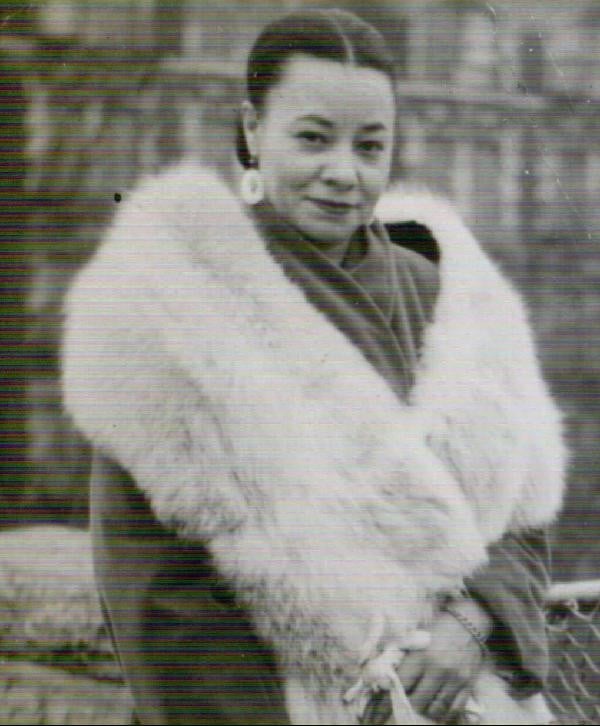
Bumpy’s relationship with his daughter Elise was also a contradiction of his two identities.
Though a family man, Bumpy was estranged from his daughter, who was addicted to the heroin that he trafficked.
Bumpy and Mayme ended up raising Elise’s daughter, their granddaughter, as their own.
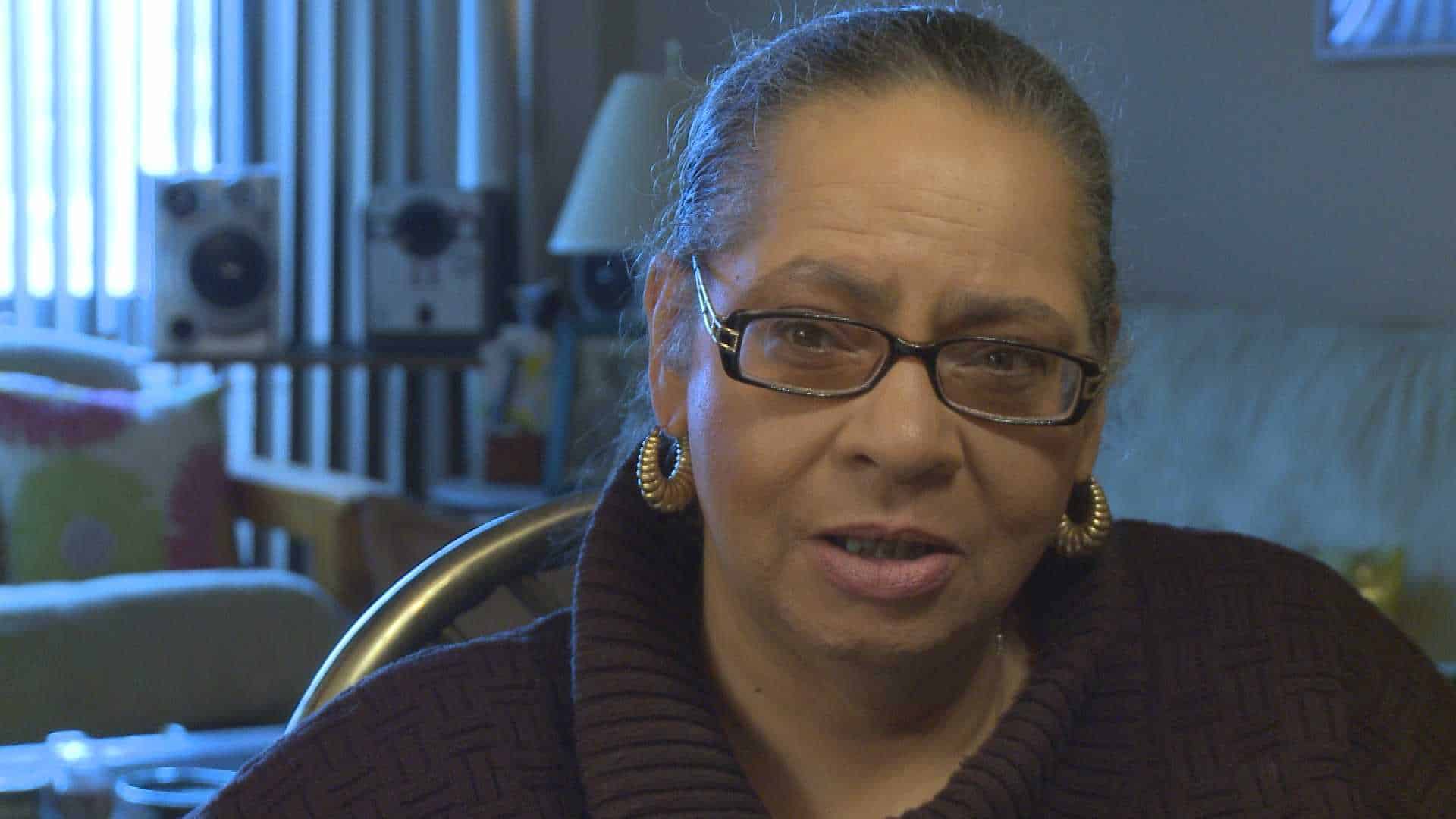
Doing Time In Alcatraz
In 1952, Bumpy was sentenced to 15 years in prison for conspiring to sell heroin, the longest sentence he would face in his lifetime.
Despite his appeal, the verdict was maintained, and he was sent to Alcatraz, the most notorious prison in America.
Johnson served 10 years of his 15-year sentence. During this time, unconfirmed reports claim that he used his outside connections to help three inmates escape.
Mayme theorized that although Bumpy himself could have escaped, he preferred to leave as a free agent.
After serving his time in Alcatraz, Bumpy was welcomed back to Harlem with an enormous parade. However, upon his return, Bumpy found that the Italian mafia had overrun the narcotics trade in Harlem.
Godfather of Harlem, the 2019 Epix series documenting Johnson’s life, portrays Bumpy Johnson’s daughter Elise’s addiction as the catalyst that inspires him to rehabilitate the neighborhood.
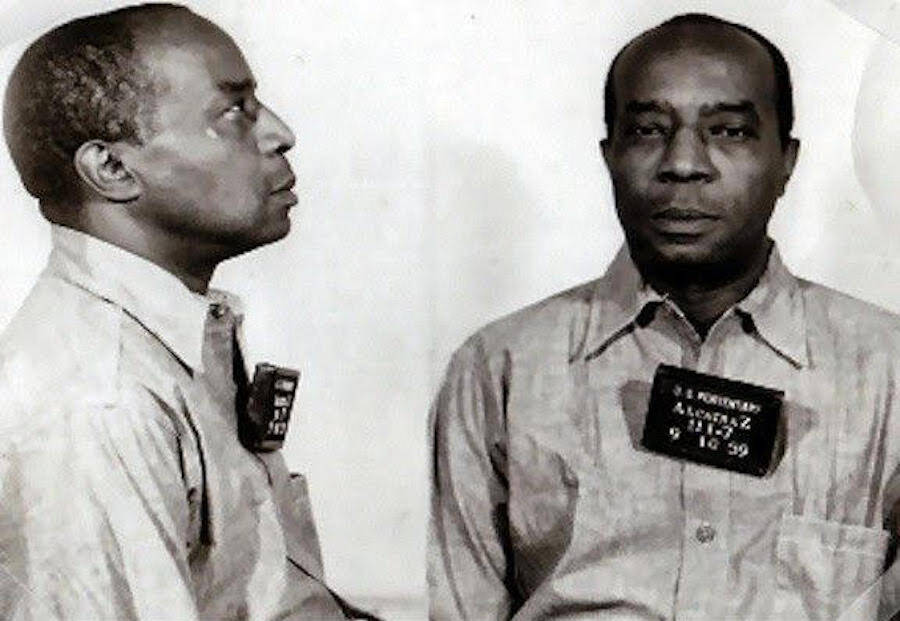
Friendship With Malcolm X
Towards the end of his life, Malcolm X began to sever his association with Johnson’s criminal reputation. Before then, however, the two had been close friends.
Bumpy had known Malcolm X since he was a street hustler in the 1940s. Malcolm even enlisted Bumpy’s protective services when he split from the Nation of Islam, and his enemies began to stalk him.
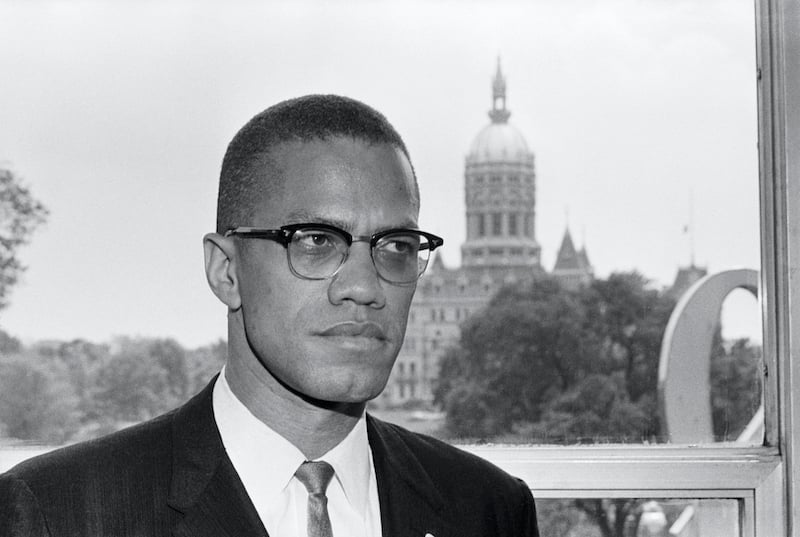
Eventually, Malcolm X decided his association with a known criminal might damage his image and asked Bumpy to stand down his guards. He was assassinated only weeks later.
Though he distanced himself from Johnson in the end, Malcolm X had always admired Bumpy for his intelligence and poetic ability (the latter of which had seen him published in several prominent magazines during the Harlem Renaissance).
How Did Bumpy Johnson Die?
Amidst another indictment for trafficking crimes, Bumpy Johnson died in 1986. In an unexpected (and rather anticlimactic) capitulation of his decades-long crime career, Bumpy died of a heart attack.
Despite numerous attempts on his life by various drug lords and mafia gangsters, cholesterol ultimately killed off Harlem’s most notorious crime boss.
His wife, who would outlive Johnson by a further 41 years, noted that it was the best possible way for Bumpy, or any man, to pass.
Mayme reflected: “Bumpy’s life may have been a violent and turbulent one, but his death was one that any Harlem sporting man would pray for – eating fried chicken at Wells Restaurant in the wee hours of the morning surrounded by friends. It just can’t get better than that.”
Bumpy In Popular Culture
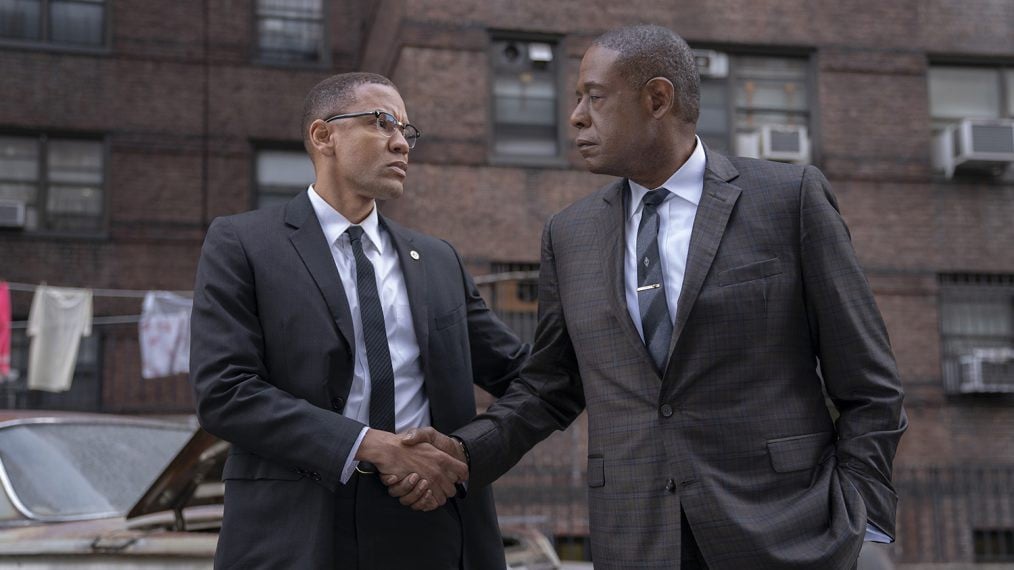
Johnson has been portrayed in several on-screen odes, either as himself or as inspiration for a loosely-based character.
Johnson’s first pop-culture appearance came in the 1971 cult film Shaft, with the character “Bumpy Jonas” based on him.
Several other films contain characters based on Johnson, including Come Back Charleston Blue (1972), Escape from Alcatraz (1979), The Cotton Club (1984), and Life (1999).
Hoodlum (1997) was the first film to portray Bumpy Johnson as himself, followed by Ridley Scott’s iconic telling of his life in American Gangster (2007).
However, Johnson’s wife refused to watch the latter, claiming that Bumpy’s relationship with Frank Lucas in the film was entirely fictitious.
The most recent and (arguably) most famous representation of Johnson’s life is Epix’s 2019 TV series, Godfather of Harlem (2019 –). The show, which focuses on Bumpy’s return from Alcatraz, has been nominated for numerous awards.
Off-screen, Bumpy Johnson has also been memorialized in the form of Prodigy’s post-prison album, The Ellsworth Bumpy Johnson EP, and The Bumpy Johnson Album.
A Lifelong Legacy
Ultimately, Bumpy Johnson is a figure that sits somewhere between man and myth.
While Johnson was loved by the Harlem community he provided for, the way he acquired the wealth to do so was mostly through despicable means that harmed the very same community he was helping.
Namely, flooding the streets with drugs and using that drug money to support the community.
The racial violence Johnson experienced as a child shaped his whole life. After being shipped to Harlem, Johnson learned how to fight and stand up to those in power.
Under the mentorship of Stephanie St. Clair, he waged (and won) a bloody war with Dutch Schultz. He then successfully ended the war between Black Harlem and the white Italian mafia.
With the profits of his racketeering and drug trafficking businesses, Johnson lived a lavish life full of glamour and fame.
All the while, he was helping Harlem’s vulnerable and impoverished. However, Bumpy’s life was full of contradictions.
Thanks to him, many of Harlem’s youth could attend college and ascend beyond their poor upbringing. Yet it was also because of him that many lost their lives.
Bumpy Johnson passed away surrounded by his closest friends after a four-decade criminal career (and over 40 arrests).
Both a hero and a villain, Bumpy’s legacy lives on as one of the most infamous mob bosses of the 20th century.

